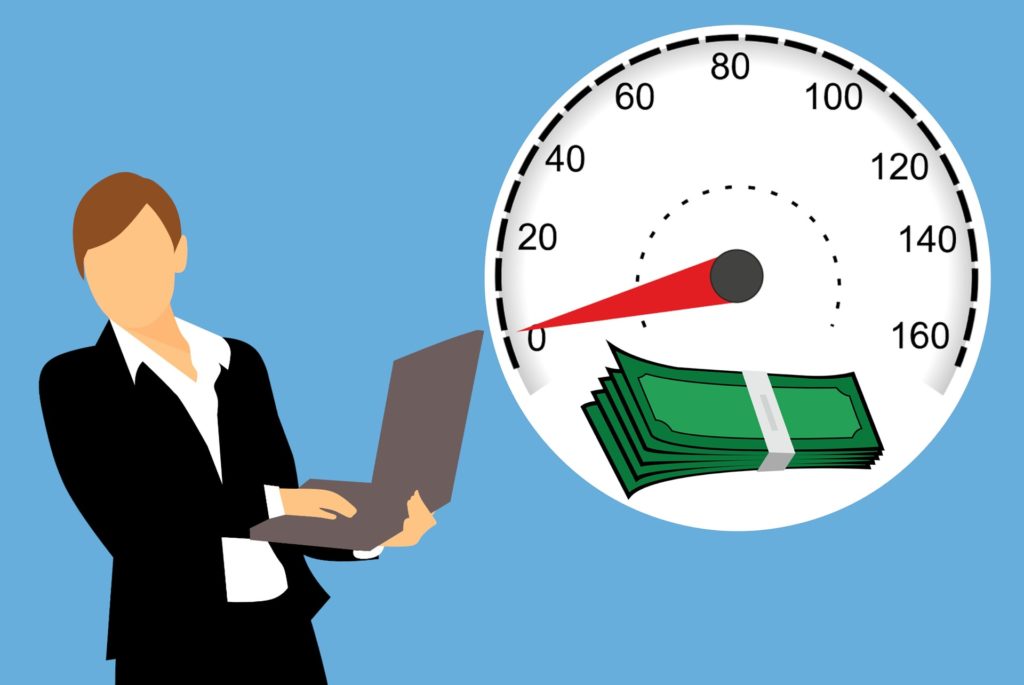Readers questions: My year-end is 31st January, I have two companies, can I pay dividends out of one? We have made £160k profit so far this year.

Expert answer: The expert for this question is Simon Thomas, the Managing director of Ridgefield Consulting.
Before we can answer this question, it’s important to understand what a dividend is and the difference between taking a salary and dividend as a company director.
What is a dividend?
A dividend is a distribution of a company’s profits to the business’s shareholders. In most small businesses, this will be the directors of the company who take a dividend, often as an alternative way of extracting money from the business rather than taking a salary.
The key difference between a dividend and a salary is that when you take a salary, it will be subject to income tax and national insurance. On the other hand, a dividend is subject to a dividend tax rate which is lower than the normal income tax rates.
It is also important to understand that a dividend comes out of a company’s profits after you have paid corporation tax meaning the business must be making a profit in order to provide dividends. On the other hand, a salary can be deducted from the company’s pre-tax profits, meaning it will reduce the amount of corporation tax your business must pay.
Tax implications of taking dividends
So why take a dividend payment for your business? The key reason for taking a dividend is the reduced personal tax implications associated with dividends compared to a PAYE salary.
As a UK resident, you are entitled to a £2,000 tax free allowance for dividend payments on top of the standard £12,500 personal tax-free allowance. This means that you could receive up to £14,500 in dividends without having to pay any income tax.
Not only that, but once you surpass the tax-free allowance, the tax rate for dividends is based on the tax bands below which are lower than the equivalent rate for a salaried income.
| Tax Band | Tax rate on dividends over the allowance |
| Basic rate (£12,501 to £50,000) | 7.5% |
| Higher rate (£50,001 to £150,000) | 32.5% |
| Additional rate (Over £150,000) | 38.1% |
So, can you take a dividend from your businesses?
The answer will depend on several details being clarified. A dividend can only be taken from a business that has a positive net value on the balance sheet after paying corporation tax and settling any outstanding debts. So, irrespective of how many businesses you have, the business you are taking a dividend from must have enough money available to pay the dividend, in the form of retained profits. You can only take a dividend that the business can afford to pay out of its cash balance, so if the £160,000 profit is across the two businesses, you will need to calculate how much each business can afford to pay in dividends on an individual basis. It’s also important to note that a dividend must be declared on your self-assessment tax return so you can pay the appropriate personal tax on the dividend income.
The other point worth considering is that if you only take a dividend payment and no PAYE salary from your business, you will not be paying towards the minimum National Insurance Contribution (NIC) needed to build your entitlement for state benefits, such as the state pension and maternity allowance. It is therefore recommended to take a combination of a PAYE salary that meets the minimum NIC and then pay yourself in dividends for the rest of your income.
More on ask the experts and limited company dividends and how to calculate them.
Do you have a question that you need an expert answer to? Here is where you can ask your questions.


Follow Company Bug